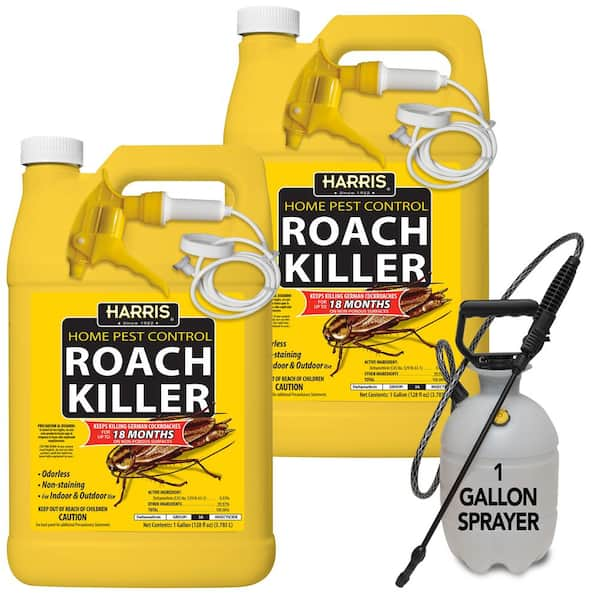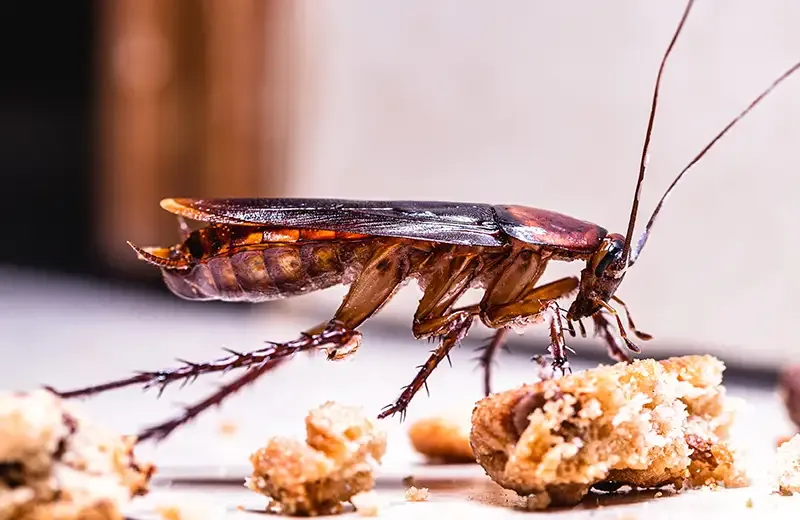Exploring Various Pest Control Methods to Achieve Long-Term Success in Taking Care Of and Protecting Against Invasions in Suburb
Reliable bug control in property locations requires a multifaceted strategy that balances prompt outcomes with lasting sustainability. What might these developments require, and how can they transform our understanding of insect control?
Understanding Insect Control Approaches
Although parasites have existed along with human beings for centuries, the techniques employed to control them have actually evolved dramatically over time. Recognizing these techniques is essential for successfully managing and protecting against infestations in houses. Parasite control techniques can be generally classified into three main approaches: cultural, mechanical, and chemical.
Social techniques concentrate on modifying the setting to reduce insect attraction and breeding. This includes appropriate cleanliness, crop rotation, and environment alteration, which can dramatically decrease pest populaces. Mechanical control entails physical barriers and traps to take care of parasites directly, such as displays, vacuums, and sticky traps. This method is frequently preferred for its non-toxic nature and prompt outcomes.
Chemical control stays one of the most commonly utilized techniques, involving the application of chemicals to eliminate parasites. While reliable, this method requires cautious factor to consider of security, prospective resistance development, and environmental influence. Integrated Pest Monitoring (IPM) incorporates these methods to create a holistic technique, advertising long-term parasite avoidance and marginal injury to useful organisms. By understanding these different parasite control approaches, home owners can make educated choices that promote reliable management and preservation of their space.
Eco-Friendly Pest Control Solutions
Just how can house owners properly take care of insect problems while minimizing their environmental impact? Green bug control services supply a sustainable alternative to conventional techniques, prioritizing the health of both homeowners and the bordering ecosystem. These options usually make use of all-natural ingredients and methods that interrupt pest actions without presenting harmful chemicals right into the atmosphere.
One efficient strategy is using valuable bugs, such as ladybugs and lacewings, which take advantage of typical parasites like aphids and termites. Additionally, diatomaceous earth, an all-natural powder made from fossilized algae, can be sprayed in areas where bugs are prevalent, working as a desiccant that harms insects while staying safe for people and family pets.
Moreover, carrying out preventative actions is critical. roach control near me. Home owners can make certain proper hygiene by sealing entrance points, preserving tidy living rooms, and taking care of waste properly. Growing pest-repellent herbs, such as mint and basil, can likewise deter undesirable site visitors
Ultimately, green parasite control solutions more encourage house owners to resolve problems sensibly, cultivating a more secure living atmosphere while promoting ecological balance. By accepting these techniques, people can contribute to a much healthier earth while efficiently managing pest-related issues.
Chemical Bug Control Options
While environmentally friendly services are progressively prominent, there are scenarios where chemical parasite control options may why not try these out be required for reliable monitoring of severe infestations. Chemical controls, consisting of insecticides, fungicides, and herbicides, are frequently used to swiftly reduce parasite populaces and alleviate damage to homes and yards.
These items can be categorized into 2 primary classifications: synthetic chemicals and all-natural pesticides. Synthetic chemicals, such as pyrethroids and neonicotinoids, are engineered to target particular insects, supplying fast knockdown impacts. On the other hand, all-natural chemicals, obtained from plant or mineral sources, might offer a much more environmentally pleasant choice while still delivering efficient outcomes.
Before using chemical bug control, it is important to carry out a complete evaluation of the invasion and recognize the specific bug entailed. This ensures that the chosen chemical is both efficient and suitable. In addition, homeowners should adhere to security standards, consisting of appropriate application strategies and individual safety tools, to lessen health and wellness risks and ecological impact.
Integrated Parasite Monitoring Methods

Organic control involves the usage of all-natural killers or parasites to take care of pest populations. Physical controls, like catches or barriers, can avoid insects from going into homes or damaging crops.
Tracking and analysis are important components of IPM, permitting timely treatments based on pest populace limits. By focusing on preventive measures and utilizing a combination of strategies, IPM not only addresses current problems however likewise fosters long-term pest management solutions that safeguard both human wellness and the environment. This thorough strategy is necessary for sustainable bug control in suburbs.
Emerging Technologies in Pest Control
The development of emerging technologies in pest control is transforming the way we take care of pest populaces, providing cutting-edge remedies that improve effectiveness and efficiency. Developments in accuracy farming, for circumstances, utilize information analytics and sensing unit innovations to keep an eye on pest activity and ecological YOURURL.com problems, permitting targeted treatments that lessen pesticide usage.
Furthermore, drones geared up with imaging technology are being utilized to evaluate large locations for infestations, offering real-time information that help in prompt decision-making. Furthermore, biotechnology is playing a pivotal function, with the development of genetically changed organisms (GMOs) developed to reduce bug populations while maintaining beneficial species.

Finally, smart catches and monitoring gadgets furnished with IoT abilities make it possible for house owners and bug control specialists to get immediate signals regarding parasite task, assisting in timely activity. Collectively, these emerging technologies not only boost parasite monitoring end results yet likewise add to ecological sustainability by lowering dependence on standard chemical therapies.

Verdict
In conclusion, effective parasite control necessitates a complex method that incorporates cultural, mechanical, and chemical approaches. The assimilation of these approaches is important for accomplishing lasting success in bug monitoring.